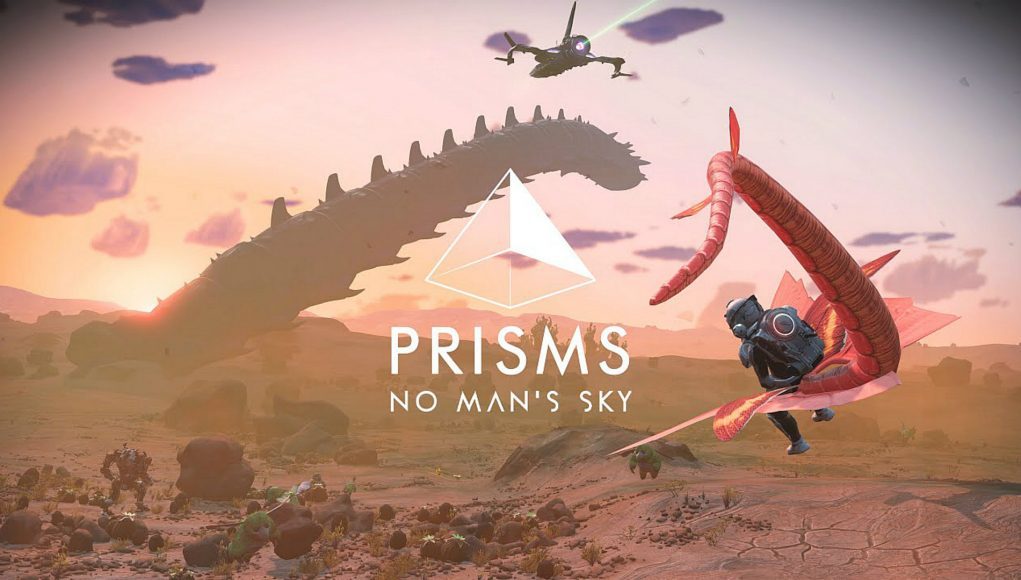No Man’s Sky (2016) just received its ‘Prisms’ update on all supported platforms, which includes Deep Learning Super Sampling (DLSS) on compatible NVIDIA GPUs, a bevy of visual changes, and more.
Now available on console, PC, PC VR and PSVR headsets, Prisms is a fairly substantial update to the space-faring game that brings a number of changes that focus on immersion and visual quality. Yes, you can also ride your flying companion creatures now too.
Developer Hello Games says that with the Prisms 3.5 update, No Man’s Sky “has never looked better, with reflections, new texture effects, more biome detail, improved lighting, new skies, new warp effects, creature fur, and a host more besides.”
The studio also put out a video showing off all of Prisms’ features:
Here’s a look at some of the VR specific stuff, either included in this update or coming soon:
- Screen space reflections (SSR) have been enabled for PC (coming soon to PCVR), next-generation consoles, and Xbox One X
- Volumetric lighting has been enabled in VR
- Light refraction rendering has been enabled for all platforms except VR on base PS4
- Fur rendering technology has been added for all platforms except Xbox One S and PSVR
As far as owners of NVIDIA RTX 20/30 graphics cards go, you’ll also now be able to use DLSS when playing No Man’s Sky, which goes for VR mode as well. DLSS mixes anti-aliasing and super sampling techniques to improve image detail at higher resolutions, without compromising framerate.
No Man’s Sky joins only a few other VR titles by enabling DLSS, which includes the Stalker-inspired survival game Into the Radius (2020) and mechanic simulator Wrench (2018).
Check out this quick comparison from NVIDIA to see how it changes perceived detail and framerate in No Man’s Sky specifically:







